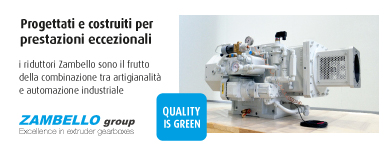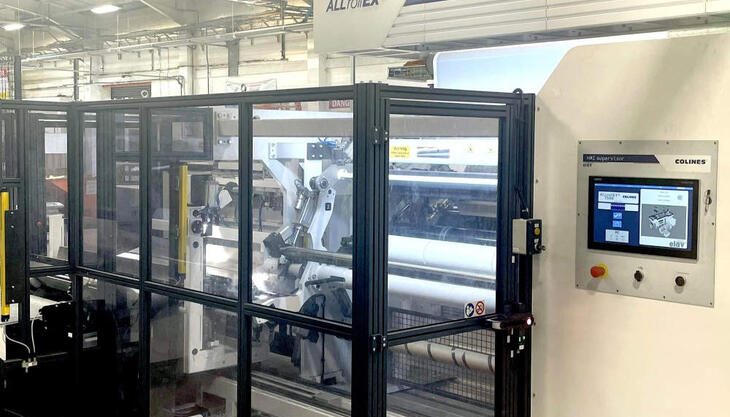
The development of innovative IoT knowledge and skills and the creation of enabling technologies strategic to Sacmi's growth, yet also the establishment of a true 4.0 innovation hub at the service of the region-wide mechanics, mechatronics and food industries. This, in short, is the mission of Sacmi Innovation Lab 4.0, the facility selected by the Emilia-Romagna Region as an approved project in the tender to attract investment in advanced industrial sectors.
But what exactly are “enabling technologies”? Put simply, they are the ingredients which, if mixed and configured appropriately, create a competitive advantage for the customer. Their implementation in the IoT sphere is based on so-called “data analytics”, that is, algorithms based on statistical correlations that can be used to transform traditional plants into smart production processes.
The Lab's initial projects concern the development of innovative process control systems with which to improve product quality control by measuring every single parameter in the process cycle. Complex factories harbour a multitude of stages that contribute to optimal finished product quality. The implementation of IoT models - based on advanced sensors, inter-machine communication networks with high data transfer capacity and digital simulations (digital twin) - allows for the creation of models that correlate potential inefficiencies with their upstream causes, giving businesses a valuable tool with which to improve their understanding of production processes.
The next step consists of anticipating the causes behind the defects by implementing predictive diagnostics models. The aim is to arrive at a point where it is no longer the worker who identifies and corrects process inefficiencies but the plant itself that “self-corrects” via the models. This focus extends beyond the technological to the managerial: it imposes innovative plant and flow design, it requires revised stock and flow management according to an assembly to order logic and involves reorganisation of order management to respond to changing market logic.
The project is expected to require investment amounting to 1.64 million euro to cover the relative hardware/software and personnel costs (Sacmi has applied for regional co-funding). The goal of this investment is to implement an efficient IoT open innovation model by creating a true '4.0 innovation ecosystem'. This will serve not just Sacmi but, in fact, the region-wide advanced automation and mechatronics fields. Its applications will span from, of course, ceramics (the Group's largest, most important business) to areas as diverse as packaging and adjacent fields that have yet to become a systematic part of the Sacmi network such as the wine and precision viticulture sector.
Moreover, Sacmi Innovation Lab does not just focus on identifying enabling technologies for one or more industries: it also, and above all, has the task of training the professionals needed to manage such projects and translate them into winning strategies for manufacturing operations. During the project's 36-month lifespan (2018-2020), the Sacmi Innovation Lab will continue to grow and implement further projects. Furthermore, it will, once fully operational, employ 20 graduates in new professional roles. The Lab also aims to act as an interchange for school-industry work experience projects with a focus on industrial IoT applications.
The signing of the regional set-up and development agreement strengthens the Sacmi Innovation Lab 4.0 candidacy to become a node of the Emilia-Romagna High Tech Network and enhances the already numerous partnerships with the regional web of universities and research centres.
























